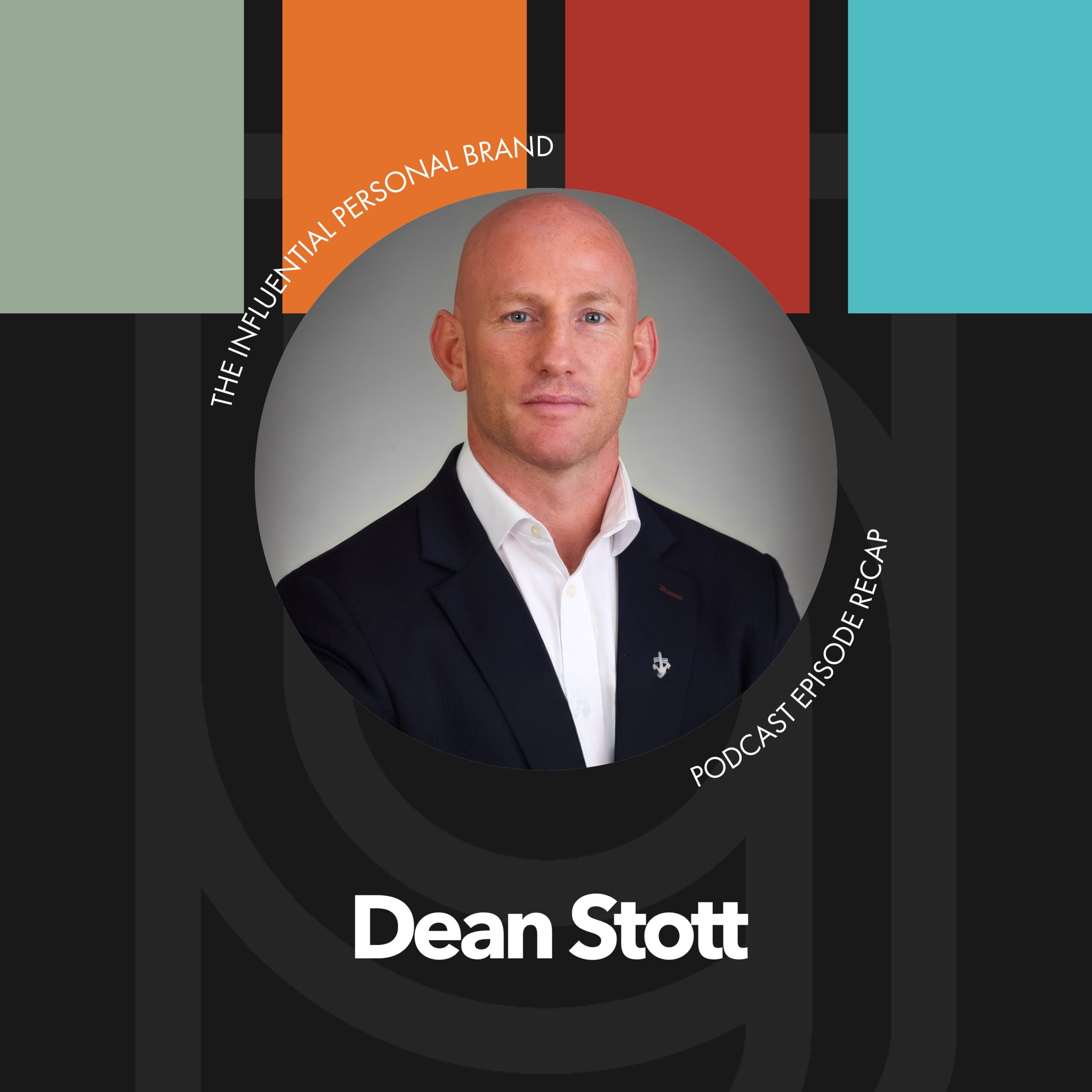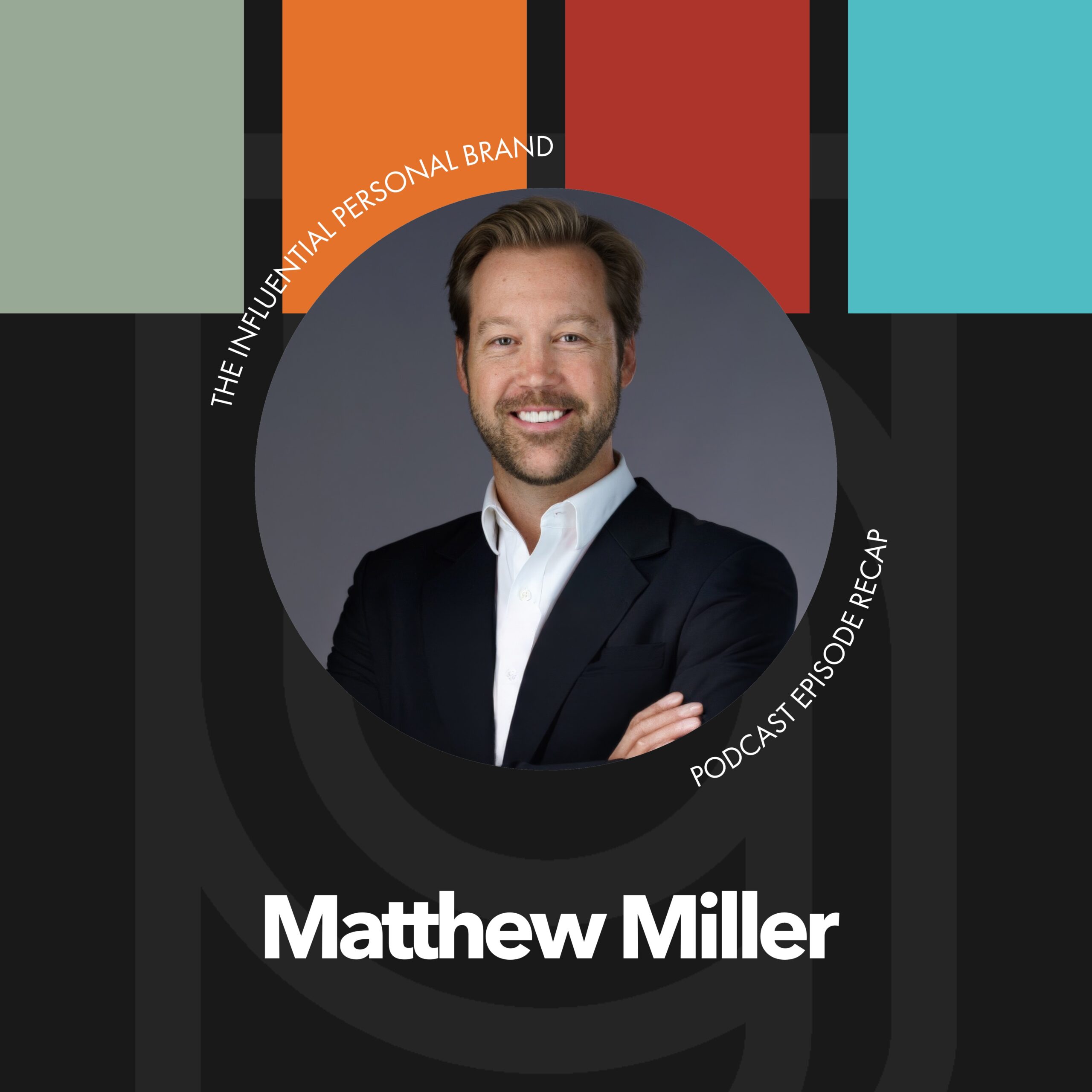Forward from my good friend mentor, buddy client Colleague Victoria Labalme
You know, Victoria, I have to tell you, I remember, gosh, I remember being at like some of my very first NSA national speakers association meetings when I was 20 years old, maybe 22 years old watching Victoria onstage or watching videos of her and just being like, Oh my gosh, this, this woman is a whole nother level. And she really is. I mean, her performance it’s, you know, it’s one of those things on a podcast that you go, gosh, I wish you could, how do I, how do I showcase this? But you know, if you go to Victorialabalme.com, you can check it out, you know, see some of, some of her stuff on stage, but you know, this book for her is really interesting. I mean, risk forward is unlocking your hidden genius. What a great concept of unlocking your hidden genius. And, you know, she kinda marries this idea of, of her past, which is performance and not just like presentation skills, like speech, mechanics, but everything presentation, the art of the stage and the gesture and the facial expressions and, and just how to, how to use every asset.
You have to communicate from any type of platform. And so she’s taking that performance and she’s also she’s also combining that and wrapping that with her business expertise and personal development and leadership. And I just, I just love this, the idea that conversation that she was, where she was talking about her mentor, Marcel Marceau. And I, I forget how you say and, and French, but, you know, he said, well, and, and let me, I guess, just jump in and clearly, you know, I’m, it’s just me, it’s just me on this recap is not here with us, but my number one takeaway is I think, what is the central message of her entire book, which is take creative risk, take creative risk. And I mean, that’s such a simple message. It speaks to, by the way, like so many of our clients, this is what we help them with in phase one brand DNA, which is kind of our flagship, which is one of the events that Victoria has been through.
And, you know, it’s funny like walking a client through that, but then interviewing her as a receiver going, Oh my gosh, what a powerful message. These, these three words, like take creative risk. It’s, it’s so important. And Marcel Marceau was telling her, I think, you know, the, the actual French translation of what he said was go forward with your heart open, right? Like leaning, leaning forward with your heart open. And, you know, I think this, this hit me personally, because so much of what we do at brand builders group is we try to make it a science. And those of you that have actually been through some of our events and courses and things like, you know, this, we try to turn what is a fairly abstract and OBS skier concept of personal branding which has like a thousand different parts, all these different topics, no random, no order or sequence.
And we try to use data and experience and corroboration from successful clients and friends and colleagues to, to create straightforward systematic frameworks and, and checklists and step-by-steps and exercises and templates that people can follow. And I think that’s one of the things that frankly we do really well. I would, I would go so far to say, we do that as good, if not better than anyone in the world. I mean, that’s all we do. And, and yet I think the, one of the reasons that I loved her message is it’s such a good reminder to not get so caught up in the science in the system and the structure that you forget to take creative risks. One of the things, and we actually tell our clients this in world-class presentation craft, which is our it’s a phase one event. It’s, it’s the third course in phase one for us.
And at the very end, you know, we teach all these mechanics of the psychology of laughter and how to tell a story and how to develop characters and how to create a plot in conflict and how to sell from stage without feeling salesy and how to, you know, what’s the, what’s the structure and the outline of a, of a world-class presentation that, that separates it, you know, and, and gets higher fees than most presentations and all these things that we do, which are really awesome. And then at the very end, we say, remember, but, but here’s the thing, never let the science get in the way of the art, never let the science get in the way of the art at the end of the day, personal branding, leadership, just being a messenger in influencer, changing the world, it’s art. It is art and like all forms of art painting music, which I happen to not know much about, but I know enough to say this.
They all have rules and systems and structure that you must learn and operate within. But then at some point, once you’ve mastered those, the art is about transcending that, and, and that is part of what I was really inspired by for me personally, and for our clients at brand builders to just go, gosh, that’s so great. We’re, we’re kind of creating the science and the systematic structure. And the real goal is to get people to that point and then to have them transcend it, to do their own creative things and be, and be willing to take those risks. And I, and it actually left me wondering, frankly, as I assess my own personal brand going, I wonder if I’m not taking enough creative risk personally. Like I wonder if I’m coloring too much inside the lines, just being that that’s what we do and what we preach and what we teach and go, and where, where can I step up and step out and, and, and take a risk.
So, and there’s definitely things that we’ve done with that. I mean, when I think about when we launched the take the stairs book, you know, and one of the things that AIJ and R and I, and our team did was we did, we did a bus tour. We like got a tour bus, which you don’t see happen that often, anymore, even, even back in those days. And, you know, that was super creative, but we, we made it into a fundraiser and, and looking back, it was so powerful. We did 23 events in 31 days, went from all the way from New York to Washington and to San Diego and everywhere in between, and traveled the country and met and shook hands and met bookstore owners and connected with our fans. And it was just, there wasn’t like a playbook for it that we were following at that time.
We just did it. And it was, it was so powerful. So that’s one of my takeaways. And I would turn that to you to go, where have you kind of mastered the fundamentals that you could afford to take some creative risk? And I don’t think it’s impossible to take creative risk in from the very beginning, but I do think it’s kind of like, at least my personal experience has been one where it’s like, learn the rules before you break them, master the game, and then change the game. And is most of, I guess the paradigm of how I’ve operated, but that’s not to say that’s the only way to do it, but either way, whether you’re just like a wild gunslinger and you’re going to take creative risks early on, go for it. But to me, the part that really, what really spoke to me is once you have the systems, the structure, the fundamentals, the basics, you know, in place, and then going, okay now, like how can I add to it?
So take creative risks, lean into something you feel called to do, especially if it’s different from what other people do. This reminds me of one of my all time, favorite quotes from one of my all time, favorite people, Sally Hogshead, who Victoria also knows, and she’s she’s at NSA or so we, you know, the NSA crew, eventually, if you hang around NSA long enough, you’re going to meet all a bunch of these people. And particularly in the, in the speaking world, the legends of speaking, so to say but, but anyways, Sally Hogshead says different is better than better. Different is better than better. And that is so powerful. It makes me, makes me think about this. So that was my first takeaway. My second takeaway from this interview, which is not something Victoria said, it was something that the concept of risk forward and, and it was something, it was catalyzed by what she said, but I don’t think I’ve ever had this thought so directly and succinctly, as I did in the moments following this interview and kind of digesting the conversation.
And here’s, here’s what my premise is. This is what I realized. Being an entrepreneur is being an artist, being an entrepreneur is being an artist. Business is art. It’s not just numbers and financials and projections and, you know, sales talks and, and policies and procedures and systems. All of that put together is art. And I would say that, you know, the starving artist is, is, is a really unfortunate term. One of one of my good friends, Jeff goings wrote a book called real artists. Don’t starve, which I just loved the premise of that because, you know, the indulgent artists says my art is so good. People should have to find me, right. And who am I to tell you? You shouldn’t have that belief. But what I would say is experience tells me that’s not a very profitable belief to have, right? You can say that, but you’re probably not going to end up with much money.
There’s a lot of people that are amazing artists, amazing writers, amazing, amazing singers, dancers, speakers of like just authors comedians that I’ve met in my journey that you have never heard of. And that the world will never hear of because they have this belief that if my art is so good, people will find it. And what they’re missing is the realization that marketing is art. Marketing is artistry. There is art just like there is the art in the creation of the work. There is art in the promotion of the work. We have so many friends in book launches right now, Victoria being one of them John Lee Dumas being one of them, the Jamie Kern, Lima Luvvie Ajayi. Both of them just hit the new times bestseller list and, and their, their work is art, but the marketing is also art. So there’s two parts of the, of the artist and two parts of the business owner.
There’s the, the logic and the structure and the processes and the systems and the policies. And then there is the creative. There is the innovation. There is the new thinking. Being an entrepreneur is being an artist. Marketing is artistry. Customer experience is artistry. The one place there’s probably not room for much artistry is in your financial in your don’t, don’t take this too. We don’t want creative accounting practices. So I w I wouldn’t translate it there, but I would definitely say the way that a conductor orchestrates a symphony is the way that the entrepreneur conducts the company is the way that the leader or the executive conducts the huge organization that is art and leadership. And you have to realize that the art is not just in creating the work, but also promoting the work and, and helping the work flourish and, and having that work, see life and make an impact.
And a difference in the world being an entrepreneur is being an artist. That was my second takeaway, inspired that one inspired by Victoria. And then my third takeaway, which was directly from her, which is funny, because I’ve never heard her say this, and I’ve, I’ve never really realized the power of this quite the way that she said it. And basically what she said is don’t be afraid of uncertainty specifically in your decision-making, right? She said, what a lot of people do is we’re so uncomfortable with uncertainty that we rushed to make a decision, just so that we can have clarity and not have to live in the discomfort of uncertainty and what there’s a beautiful part of that. I think of where she’s saying, you know, kind of allow yourself to navigate that window for a moment, allow yourself to sit in that space to go.
I need to neither go forward or backwards. I can just kind of sit here for a minute and digest. I can allow for things to matriculate or to propagate. I can just kind of process on things for a minute, and that that’s a beautiful space to live in too. It’s almost to allow for a breath to allow for a moment of creativity or innovation to show up by not just rushing immediately into the next thing and moving from one thing to the next, but to actually to, yeah, just, just kind of I guess, digest and, and process, and you know, like have a gestation period of which you sit in uncertainty and that beautiful art can come out of that. And that, I think as another thing, this was eye opening for me, because I think I am a, I’m a driver, I’m a straight shooter, I’m ambitious, I’m focused, right?
And so it’s always like bang, bang, bang, bang, bang, you know, like next, next, next X, X, what’s the next thing. And go, and Hey, is there a spot? Are there opportunities in my life that I am skipping past an opportunity for brilliance for the sake of rushing into clarity versus, I mean, this would be one place where procrastinate on purpose. I mean, you know, my book title that I wish I would have called how to multiply your time. But if, because the premise, the procrastinator purpose book is really about how to multiply time. That’s what the book is about. But that one, that one section, which is about procrastinating on purpose procrastinating, strategically, that actually isn’t what most of the book is about, but that’s kind of it’s that concept is relevant here to what she’s saying is like, wait, like sit for a moment and just kind of allow yourself to feel that uncertainty, because brilliance can come out of that.
And that was like, Whoa. So just powerful, powerful stuff. And I, I think unlocking your hidden genius is such a, such a great concept. I think it’s such a beautiful concept for her. Of course, the the title of her book is risk forward. And then she dropped that into the subtitle, embrace the unknown and unlock your hidden genius. And I th I just think that unlock your hidden genius is such a great concept and take creative risk is such a clear message. It’s profound. It’s going to be something that sticks with me. I hope that it sticks with you. Thanks for being here. Keep coming back. Lots of great, great insights coming from our guests. I’m so inspired by them. I hope that you’re inspired by them. I also am inspired. Our team is inspired most of all by you and who you are becoming and what you are being prepared to do. So keep coming back, we’ll catch you next time. Bye. Bye.













